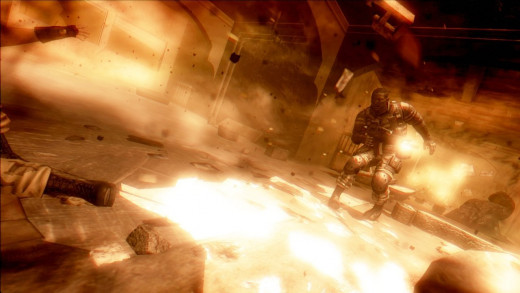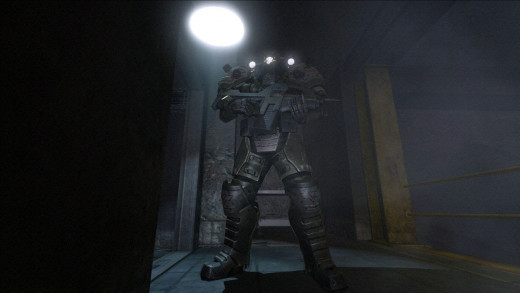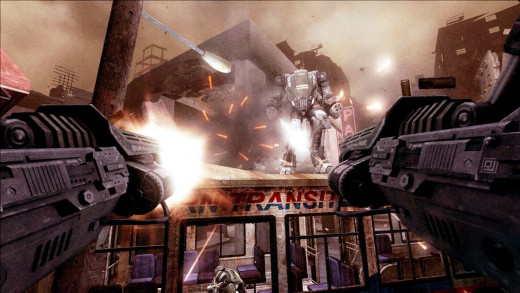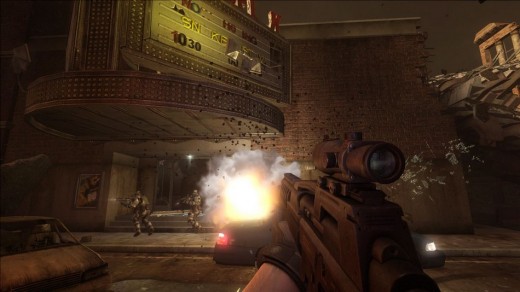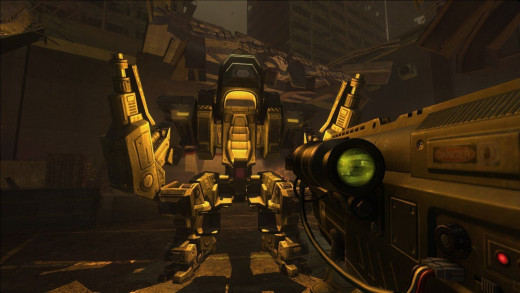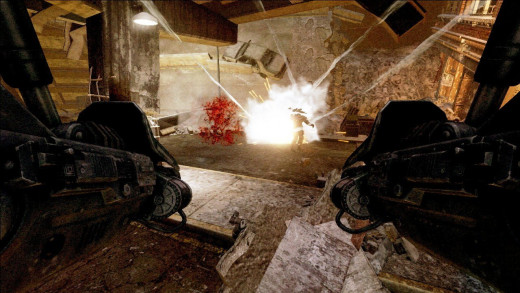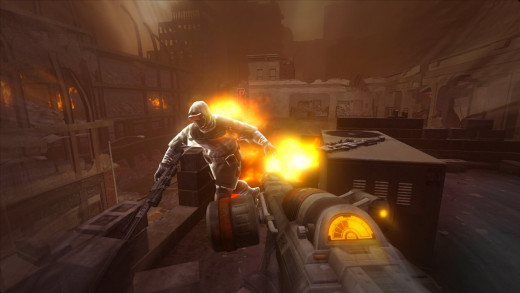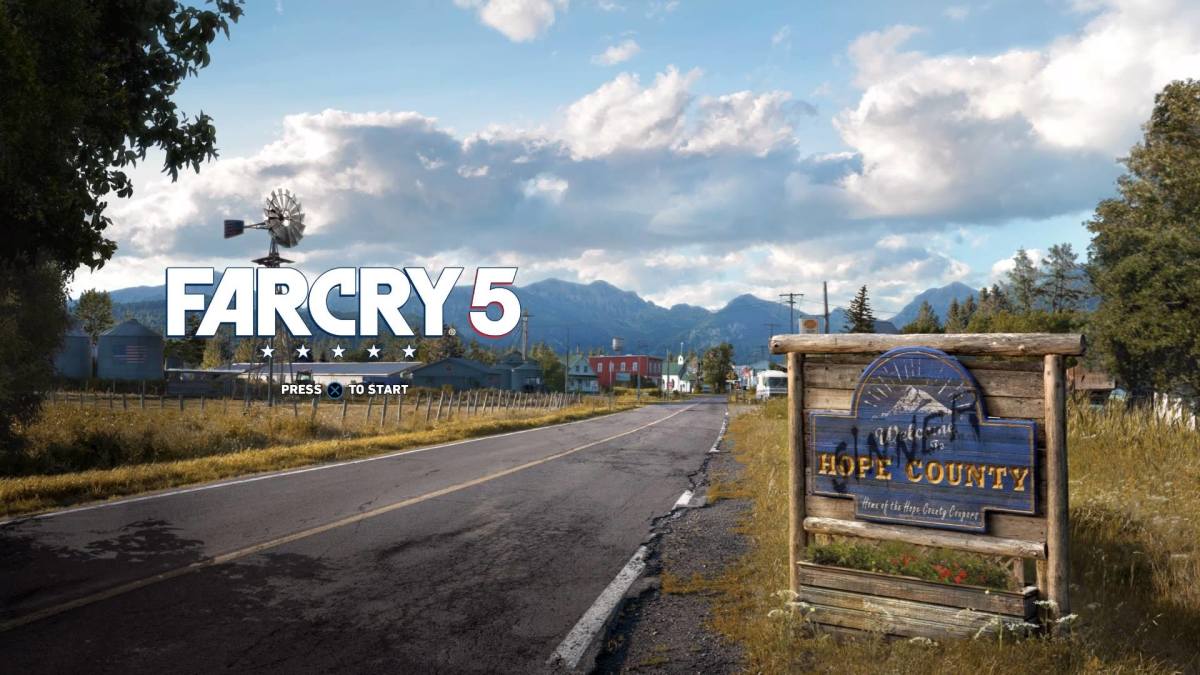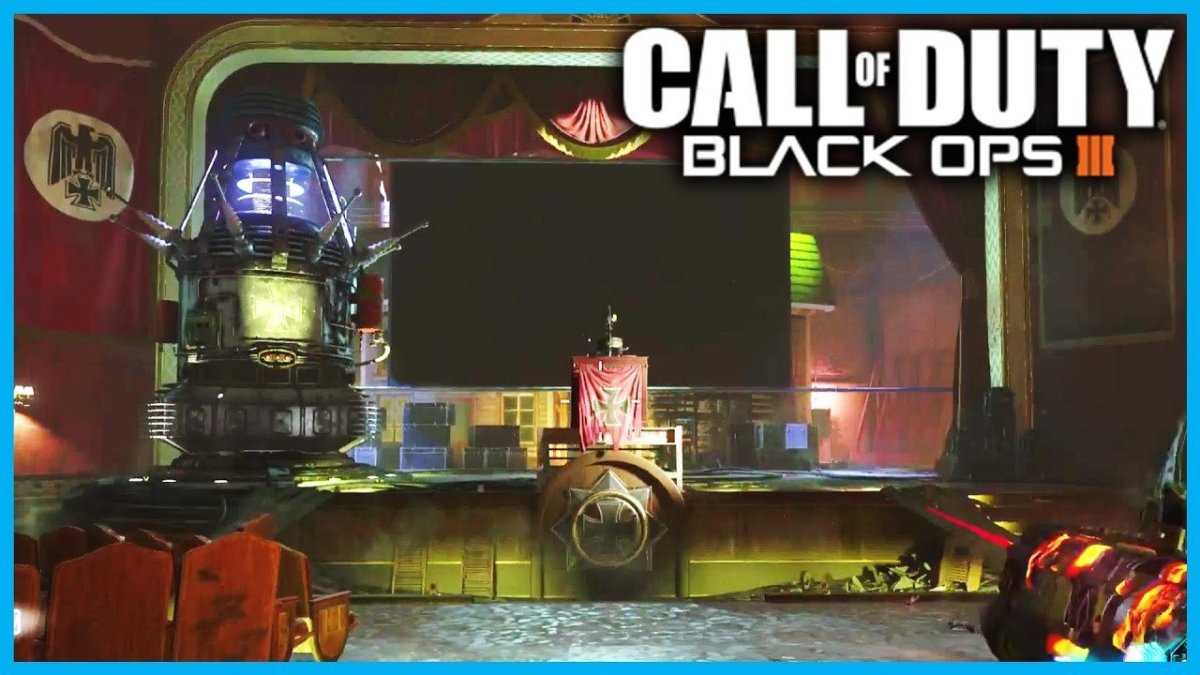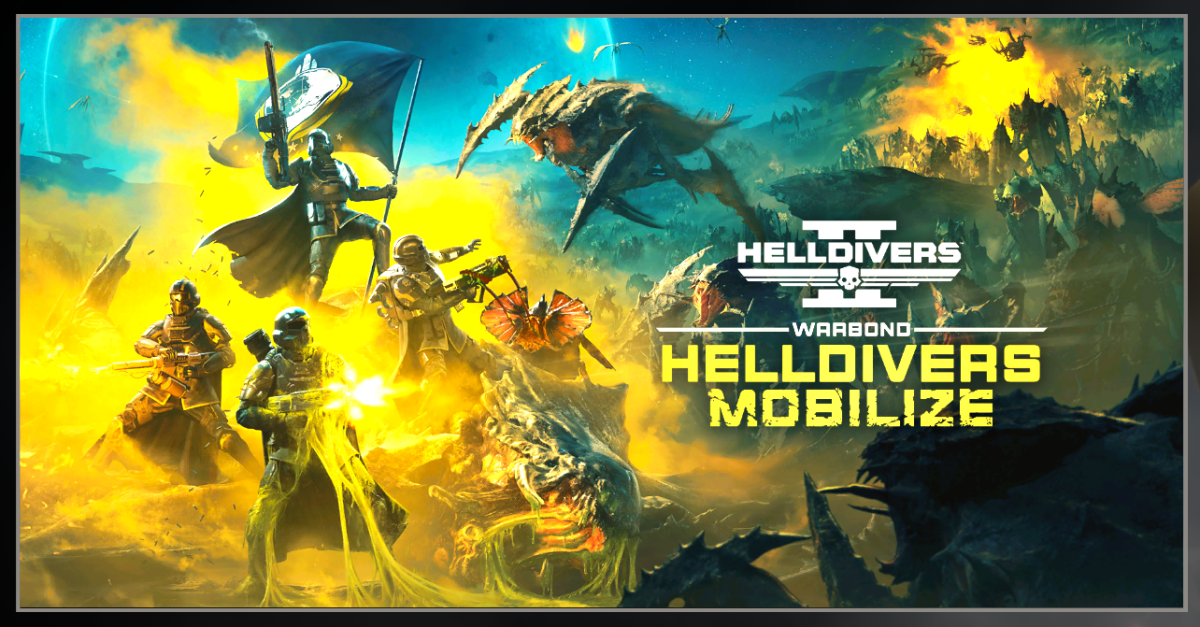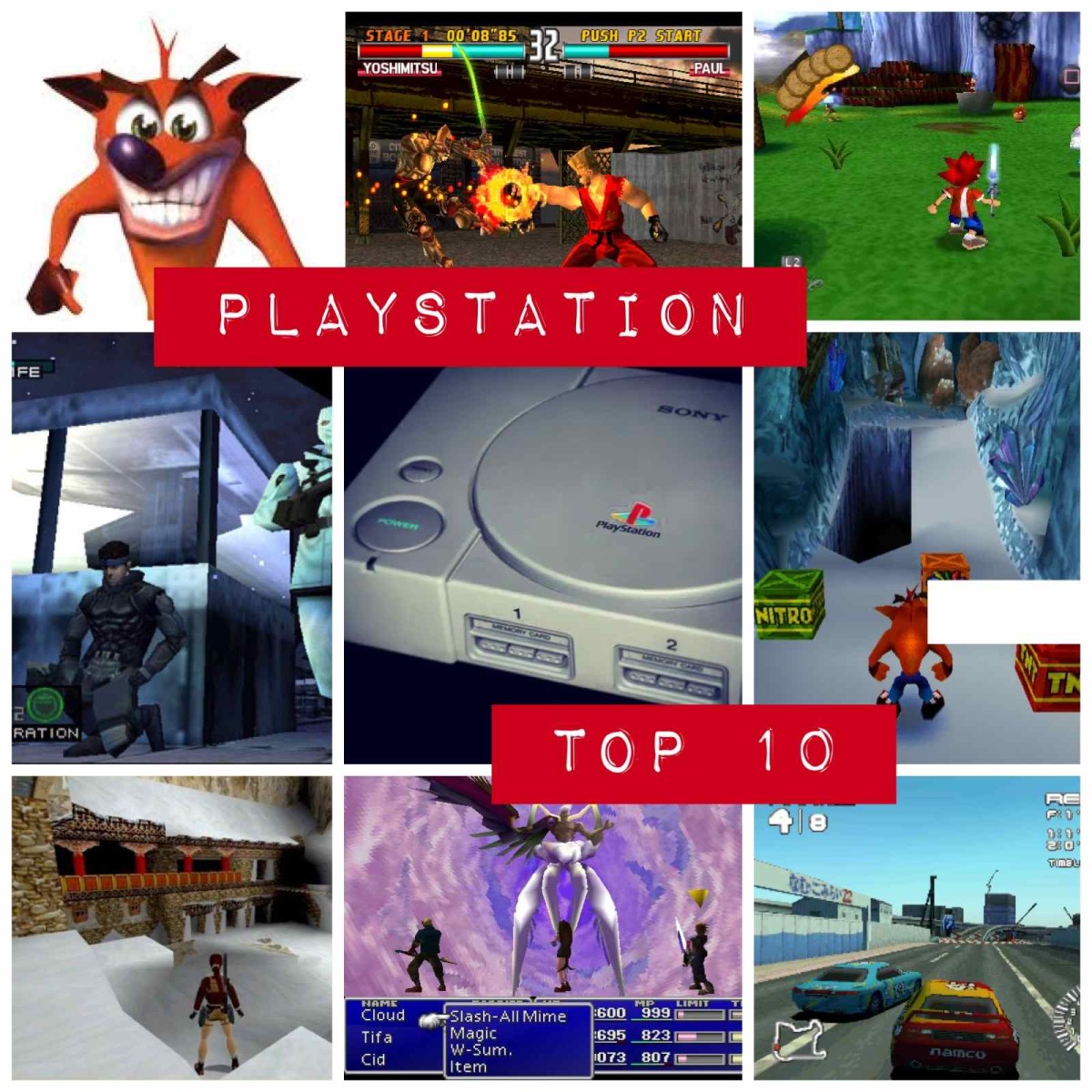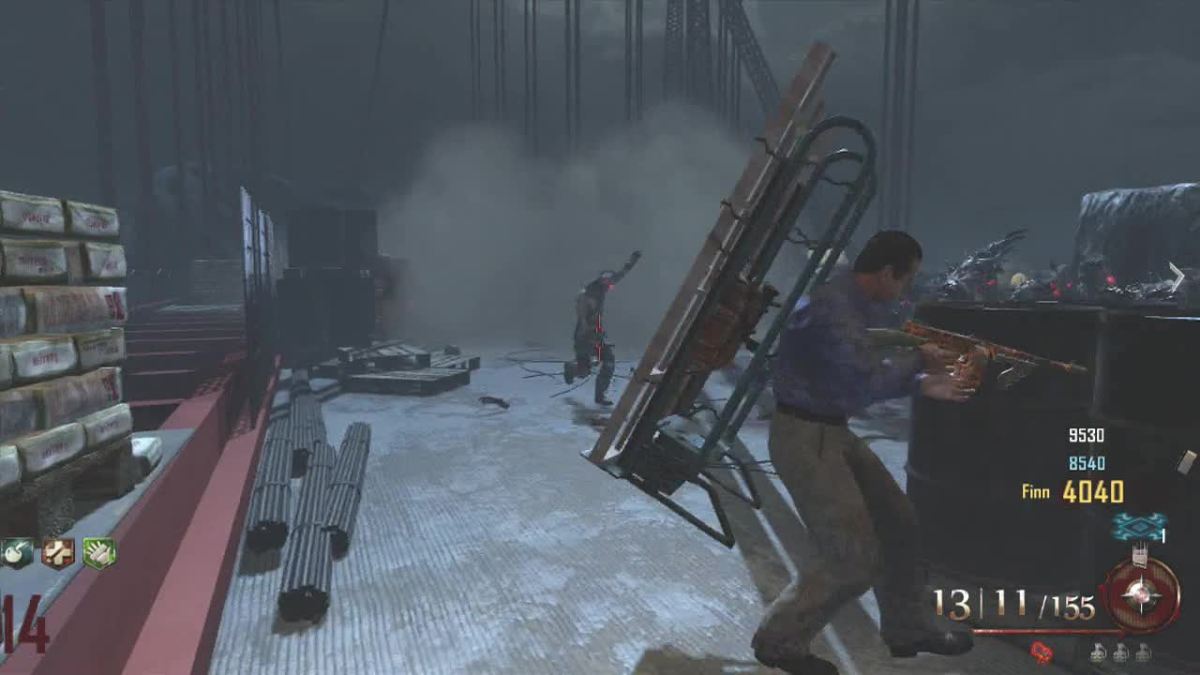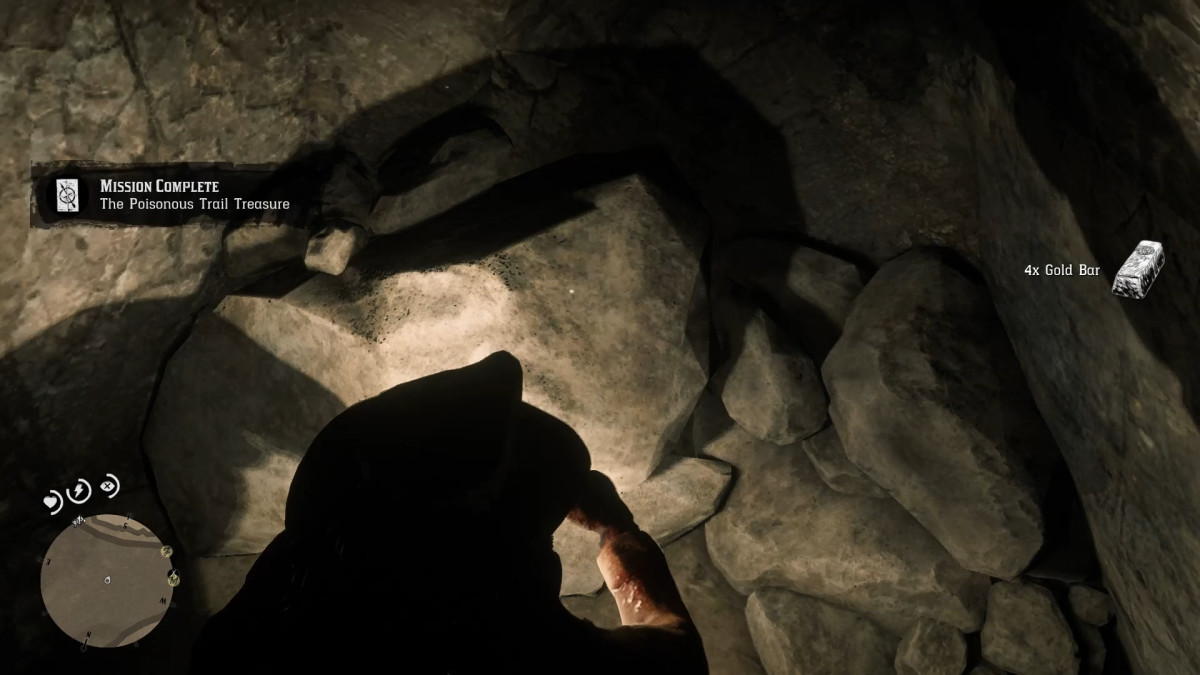Review: F.E.A.R. 2: Project Origin
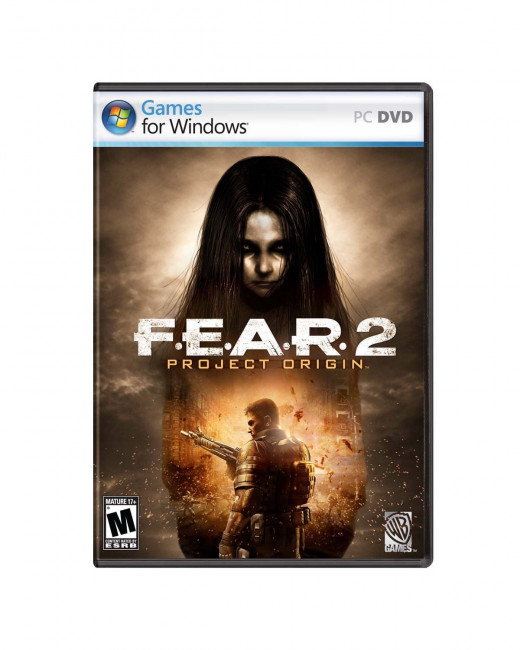
Game Info
Developer: Monolith Productions
Publisher: Warner Bros. Interactive Entertainment
Engine: Jupiter EX
Platforms: PC, PlayStation 3, Xbox 360
Release date: February 10, 2009
Genre: First-person shooter, Horror
Fear Alma Again...
Monolith is one of the developers that has consistently brought out excellent games, such as Blood, Shogo: Mobile Armor Division, No One Lives Forever, No One Lives Forever 2: A Spy in H.A.R.M.'s Way, Aliens versus Predator 2, F.E.A.R., Condemned: Criminal Origins, Condemned 2: Bloodshot, and just lately F.E.A.R. 2: Project Origin.
There are a few stains on their record, like Blood II: The Chosen which wasn’t as popular as its prequel, and Contract J.A.C.K., which wasn’t as good or as successful as NOLF or NOLF 2.
I am a big fan of their games, and the same is true for the F.E.A.R. series.
The original F.E.A.R. was an intensely hyped game that eventually came out in late 2005. It was hailed as a benchmark game at the time, with great graphics and AI, — not to mention bullet-time, like in the Max Payne series. The game featured a lot of firefighting with replicas, or clones, that were telepathically ordered about by a commander known as Paxton Fettel, the son of Alma Wade, a terrifying individual who sought revenge on those who had wronged her in the past.
In 2006, F.E.A.R.: Extraction Point, an expansion pack, was released by Timegate Studios. Some claimed that although this game wasn’t developed by Monolith, it may have been scarier than the original. In 2007, F.E.A.R.: Perseus Mandate, the second expansion, was released by Timegate Studios. This expansion was met with mixed reactions with most giving it an average score, saying that it was unimaginative.
F.E.A.R. Files was released on the same day as F.E.A.R.: Perseus Mandate in 2007, for the Xbox 360, and included F.E.A.R.: Extraction Point and F.E.A.R.: Perseus Mandate.
In 2009, F.E.A.R. 2: Project Origin was released. This game is played assuming that the events that took place in F.E.A.R.: Extraction Point and F.E.A.R.: Perseus Mandate didn’t happen, although some of the elements from these games have remained, like weapons and enemies.
Story
You take the role of Michael Becket, a member of team Dark Signal, part of Delta Force, who along with his squad, goes to take Genevieve Aristide in to custody. Once they get there, they find it under assault by a black ops team of mercenaries dispatched by Armacham Technology Corporation's Board of Directors- their ultimate goal to assassinate Aristide.
After reaching Genevieve Aristide, Becket uncovers hints of a project known as "Harbinger," which involves himself and several of his teammates. Project Harbinger is designed to create telepathic commanders to control the replica soldiers, just like Paxton Fettel. After they talk for a while, there is a massive explosion (witnessed at the end of F.E.A.R.), originating from the Origin Facility. Becket is knocked unconscious as a result of the explosion.
After waking up in what he believes to be just a hospital, he is operated on by a team of doctors while experiencing some intense visions. Afterwards, the place is found to be under attack by an ATC clean-up crew led by Colonel Vanek, an obvious opponent of the experiments conducted by ATC, and they are trying to destroy all the evidence, and anyone linked to the experiments or ATC.
Features
• New weapons with new sounds.
• New enemies.
• Better interactivity.
• Great graphics.
• Good Story.
• Unlockable awards or achievements.



Initially the game was going to be called Project Origin, but after Monolith Productions and Warner Bros. Interactive purchased the F.E.A.R. name from Activision Blizzard, the name F.E.A.R. was reinstated, and Project Origin was kept as a subtitle, having been the winning entry in a competition to name the game.
F.E.A.R. 2: Project Origin Review
Presentation
The main menu has your standard fare, with options ranging from audio to video, as well as controls. The background picture also changes depending on your progress in the game, similar to Half-Life 2.
There’s an auto-detect feature just like in the original to ascertain what your PC in capable of doing in terms of performance as regards graphical and gameplay features. There’s just as much scalability as in F.E.A.R.
Also available from the menus are awards that can be unlocked during the game, and a level select feature, where areas that have been completed in the single-player campaign can be played individually without having to start from the beginning.
The first half of the game is a little lackluster, but as it progresses, it becomes better. The elementary school level is excellent, and is one example of how the feeling of the original F.E.A.R. does come back at times, perhaps with a bit of Condemned: Criminal Origins to boot.
Graphics
F.E.A.R. 2: Project Origin uses the same engine as the original F.E.A.R. except it’s been modified a lot. The graphics are good, but not phenomenal- there are better looking games around nowadays. F.E.A.R. 2: Project Origin is very dark and dim, but there are sections of the game, such as when the player experiences hallucinations and such that things change, and you’ll experience brownish hues similar to old photographs, and deep reds when you visit the tree which pops up a lot in the game.
Sound
The sound is good. The guns have more realistic sound effects, and this makes it easy to tell what weapons the enemies have and what you’re up against. The explosions yield a satisfying result. The grenades still sound a little damp when they go off. The game takes distance into account, and so sounds that are close aren’t the same as from afar. The voice acting once again is pretty solid, with a few tips or orders coming from your team mates over the radio on what to do next. Some of the enemies have been given more complex sentences, if you actually care to eavesdrop on their short conversations before blasting them to ribbons.
I have always liked the music in the F.E.A.R. games, and the music in F.E.A.R. 2: Project Origin is good, but borrows a lot from the original and the expansions, sometimes with new remixes.
Gameplay
You take the reins of Sergeant Michael Becket for the entirety of the game, a member of team Dark Signal, part of Delta Force.
This game is played assuming that the events that took place in F.E.A.R.: Extraction Point and F.E.A.R.: Perseus Mandate didn’t happen, although some of the elements from these games have remained, like weapons and enemies. That means that Paxton Fettel is assumed dead after being shot by the Point Man at the end of F.E.A.R., and now Alma is the chief threat.
Enemies besides Alma include the same replica soldiers, black ops mercenaries, ghosts, and two new enemies - Specimens, experiments gone wrong, which look a lot like the funny creatures from Condemned: Criminal Origins, as well as Remnants, which are like the equivalent of Archviles in Doom 2or 3. They can raise the dead and use them as puppets. There aren’t many in the game though, and this is a shame.
After investigating Aristide’s palatial home, the game takes place in what is left of Auburn after the explosion that tore up most of the game world. You’ll spend time trudging through rubble, demolished buildings, and the like- a welcome change from the endless, claustrophobic corridors and office environments of the first game. There are a few great locales, like the elementary school that has an underground laboratory beneath it.
Parts of the story are unveiled through the use of information dockets that can be found throughout the game. The use of phones and answering machines to convey this isn’t present in this game unlike in the original, which is a little disappointing.
One thing that has changed is the HUD or Heads Up Display. The HUD fits into the players goggles, and consists of health and armour indicators on the left, and ammo indicators on the right. The SlowMo bar has been integrated into the crosshairs to fit just below it, so that the player can easily see how much he has left without having to take his eyes away from the crosshairs and from threats.
The amount of medkits that a player can carry has been reduced from ten to three. In addition to the medkits you can pick up, there are also red health injectors that one can find for small health boosts. The yellow SlowMo injectors are also in the game and increase your reflexes or bullet-time. They are usually harder to find. There are no blue injectors this time, like in the original, which increase your total amount of health. The Slow-mo feature obviously returns this time, and allows the player to eliminate enemies with ease as the world slows down. You can’t use it repeatedly though as it diminishes and takes time to replenish.
The amount of weapon slots has been increased from three to four. The weapons that the player can pick up have been redesigned. They include a pistol, submachine gun, assault rifle, combat shotgun, automatic shotgun, sniper rifle, hammerhead, laser rifle, rocket launcher, and the napalm gun. The player can also stock up on grenades, with four different types- proximity grenades, fragmentation grenades, napalm grenades and shock grenades.
The player controls are once again very solid, and this feeling is further enhanced by being able to see the player’s body legs, and arms, whereas most other games have a disembodied camera effect- a pair of arms holding a gun.
The martial arts kicks are still present in the game, with the roundhouse kick remaining the same, by pressing jump and melee, the scissors kick by running and pressing jump and melee, but the slide kick has been changed to make it easier to execute. In the original, the slide kick was performed by holding the run and crouch keys and pressing the melee button. In Project Origin, it is just run and melee.
The melee button is used a lot more in the game, similar to Condemned: Criminal Origins, where there are situations that call for the melee button to be pressed, like fighting off an enemy, or at two points in the game, wrestling a gun out of someone’s hands and pulling the trigger. Overall, there is more interactivity with the environment this time round.
The controls are impressive and have actually been improved since the original’s debut. The player can now sprint, jump over obstacles more easily, and go through a gap between rooms, like a window- except without the glass.
There is more interactivity in the game, with the player being able to move obstacles out of the way, and move objects like tables by sliding them or kicking them over to provide cover. It would have been nice to actually have a proper cover system like in Brothers in Arms, Gears of War, Mass Effect or Tom Clancy’s Rainbow Six Vegas because the enemies can and will still shoot you. I’m not sure if the cover system would work that well though, since the game mechanics would have to be reworked and made into a slower experience- and that doesn’t suit F.E.A.R, since it’s fast and frenzied, and not as tactical as the aforementioned titles. Maybe if there had been a control option to go prone, it might’ve worked.
The ability to lean around corners would have made up for this too, but it’s been taken out. This is one thing that made me frown, since it was in the original.
The player will come across Powered Armour in the game, otherwise known as mechs, which can be climbed inside and piloted. These mechs have twin mounted machineguns and rocket launchers for combat, thermal vision, and also have an automatic repair module for minor damages. They are capable of doing a lot of damage, not just to enemies, but to the surroundings as well- tearing up buildings and pillars, and blowing up cars and basically destroying anything its path. Only one other thing can match this experience, and that is the turret-mounted canon on top of the Dark Signal team’s APC.




Lasting Appeal
The single-player campaign should last a while. There’s plenty of action, and within about 12-18 hours of play time or so you should be able to get through it. There’s also the multi-player feature, but it apparently doesn’t live up to F.E.A.R. Combat’s standards, mainly because you can’t use the slow-mo ability anymore. It’s strictly a single-player feature. There are awards that can be unlocked in both single-player and multi-player, that add a bit of fun to the mix.
It would have been nice to have unlockables like videos, concept art, and such, just like in Condemned: Criminal Origins, but alas, they don’t feature here.
I also get the feeling that F.E.A.R. is inspired by Metal Gear Solid, mainly because of their similar storylines, environments, and the mixture of Western and Eastern horror themes. It might have been good to have an addon similar to the VR missions available to Metal Gear Solid.
Observations and other comments
There has been speculation as to whether Monolith is or will be developing a sequel to Shogo: Mobile Armor Division, since the character, Snake Fist, wears a t-shirt with Shogo 2 on it. The use of mechs or Powered Armour in the game is homage to Shogo. Although the smaller mechs were also present in the original, the bigger mechs feature only in Project Origin.
There aren’t any turrets in F.E.A.R. 2: Project Origin.
There’s no Point man.
Bugs and other issues
When using the zoom function with weapons, footsteps are heard as if the player is walking, when in fact, he is stationary.
What's The Score?
Pros:
+ Good graphics
+ Good AI
+ New enemies and weapons
+ Continuation of the F.E.A.R. story
Cons:
- Not majorly different or groundbreaking as the original.
- Not as scary as F.E.A.R.
Story: $$$
Presentation: $$$
Graphics: $$$$
Sound: $$$$
Music: $$$$
Gameplay: $$$$$
Controls: $$$$$
Lasting Appeal: $$$
- 85/100 (not an average)
What I think of it
F.E.A.R. 2: Project Origin feels different to F.E.A.R., but not in a bad way. In fact, it feels a little more polished and the gameplay is a little more fast-paced. Monolith made improvements to the player perspective, the HUD looks less like Soldier of Fortune, and sleeker than ever. There’s more interactivity with the environment, there’s more destruction, and overall it looks and plays better than the original.
Some claim that the game feels more consolized than the original, and that it may not even be as good as F.E.A.R.
It’s not that scary, and the enemies seem somewhat tamer, sometimes the AI slips up and doesn’t do things realistically. The story isn’t surrounded in mystery as before, and it even gets to the point where if you haven’t found the answers throughout the game in the info dockets, then they’ll be given to you on a lengthy tram ride, similarly done in Metal Gear Solid.
Maybe they can use a new engine for the sequel, as Jupiter EX is showing its age a little. It looked fantastic when the first game came out, but in Project Origin, it’s sort of OK.
They should also put back some of the things they took out, and take out some of the things they put in. Addressing fan concerns is expected of developers, but in this case, removing one set of problems led to others with new implementations.
I can only hope that there is a sequel, mainly because of the events at the end of the game suggest that there will be, and perhaps if we’re lucky, we’ll get one or two expansions like F.E.A.R. did as well.
If you've played F.E.A.R. 2: Project Origin, what did you think of it?
© 2009 ANDR01D

![FEAR 2: Project Origin [Download]](https://m.media-amazon.com/images/I/41TC-26bMtL._SL160_.jpg)
